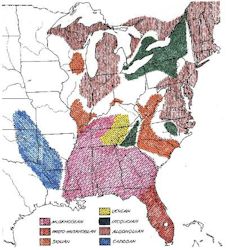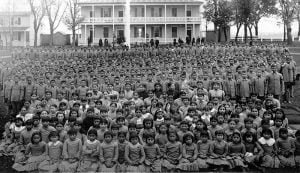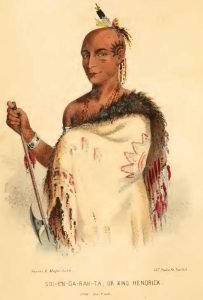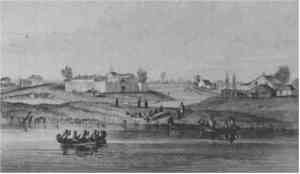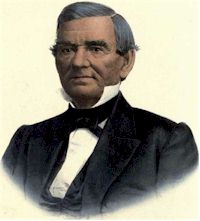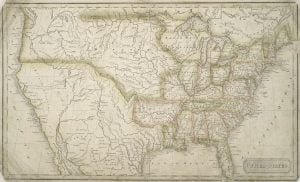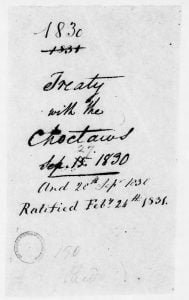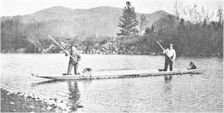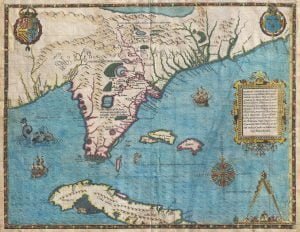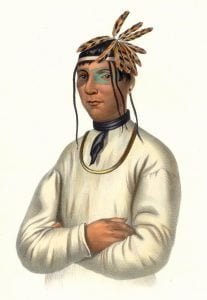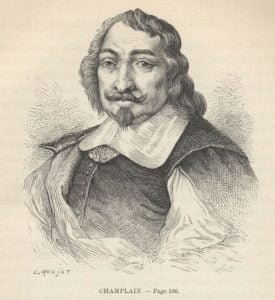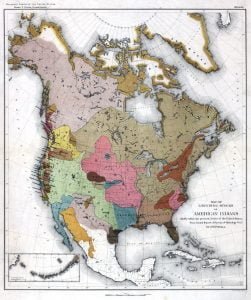The Choctaw Freedmen and Oak Hill Industrial Academy
The aim of the Author in preparing this volume has been to put in a form, convenient for preservation and future reference, a brief historical sketch of the work and workers connected with the founding and development of Oak Hill Industrial Academy, established for the benefit of the Freedmen of the Choctaw Nation, Indian Territory, by the Presbyterian Church, U. S. A., in 1886, when Miss Eliza Hartford became the first white teacher, to the erection of Elliott Hall in 1910, and its dedication in 1912; when the name of the institution was changed to “The Alice Lee Elliott Memorial.”



